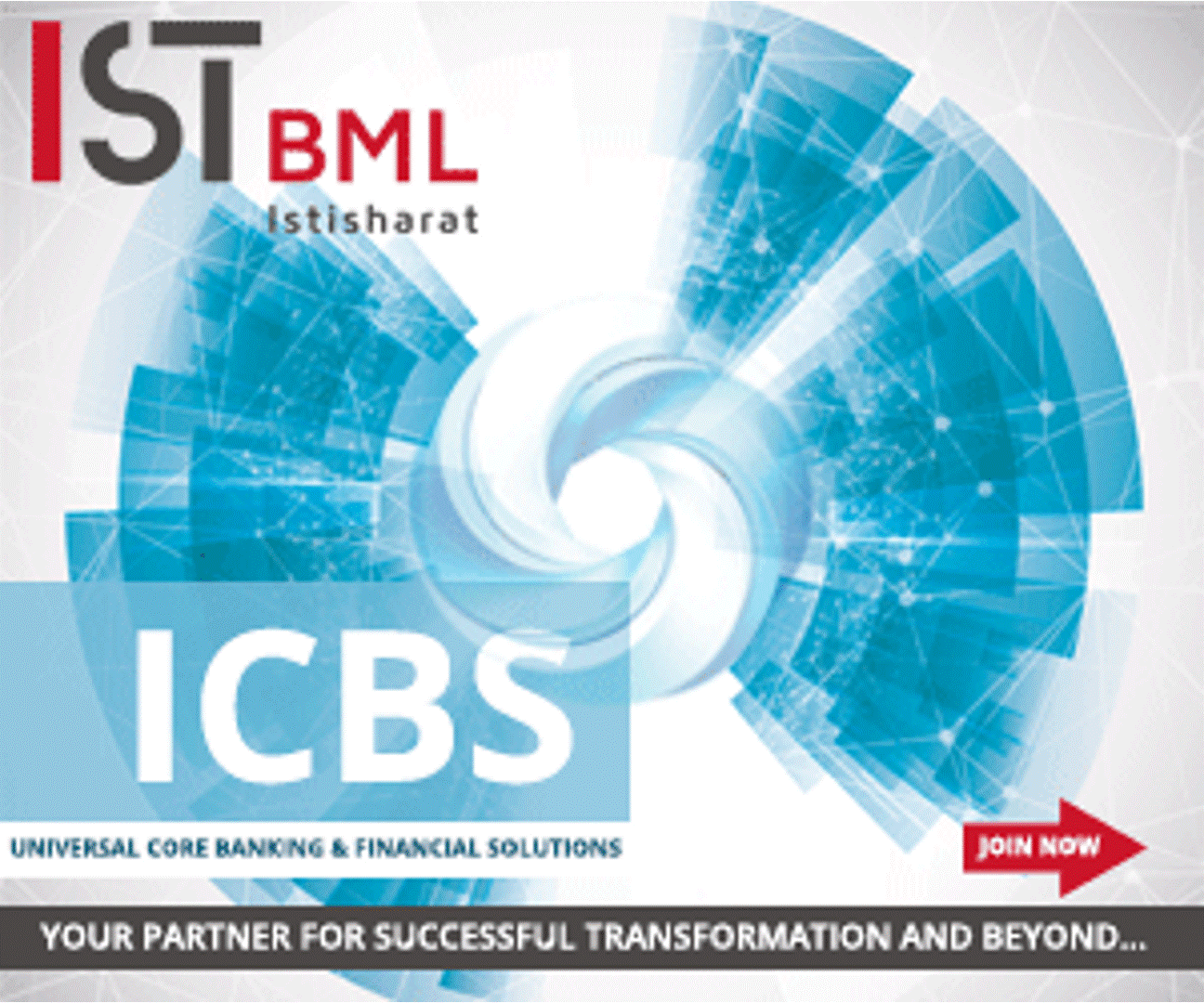 Back
Back
GTreasury Q&A: Preparedness and challenges during Covid-19
By Sunniva Kolostyak
Renaat Ver Eecke, CEO of technology firm focused on corporate treasurers GTreasury, speaks to IBS Intelligence about the effects of Covid-19, business continuity and what’s next for treasury and risk management solutions.
– GTreasury has been one of the members of the Treasury Coalition, which has conducted ongoing surveys of how corporate treasurers around the world have been responding to Covid-19. What has stuck out to you from the data?

“Treasurers were among the earliest groups to predict that the pandemic would require a long recovery period – and their predictions have proven to be more accurate than those suggested by many other groups and data that I’ve seen. The industry’s sentiment on the effects of the pandemic seemed to drop to the lowest levels in April and May, though we’ll see how renewed surges – like in the U.S. – affect that outlook. The Treasury Coalition surveys are continually updated and worthwhile for any treasury and financial professional to take a look at to understand how hundreds of their global peers are reacting to this year of uncertainty.”
– In your role leading GTreasury, you’re talking with a diverse cross-section of treasurers. What have been some of the most successful strategies they’ve employed to ensure business continuity as, in some cases, liquidity has dried up and cash flow has been harder to predict?
“The onset of the pandemic dramatically and rapidly elevated the attention treasurers gave to their cash positions and accurate cash forecasting. Many of our clients quickly consolidated their global cash positions back into the U.S. We saw broad-based evidence of this behaviour by the end of March, when clients made the largest cash movements in the history of our platform (34 years). Many corporate treasurers drew from lines of credit to maximise their cash positions in March and April, when there was less of an understanding as to how long the pandemic would have an impact on businesses. Finally, we’ve seen treasurers needing to provide clearer cash visibility to executives and boards at a far, far higher frequency than in the past. Across clients, we’re seeing treasurers and CFOs really working to empower executive management so they can more accurately pursue the organisational changes it takes to achieve the right liquidity in this challenging environment. I do believe that increasing who has easy visibility into real-time cash positions will be an enduring trend going forward.”
– While many countries are seeing recoveries, there’s also fear of prolonged or renewed outbreaks that would continue to hamper treasurers’ business-as-normal. How prepared do you think treasurers are if there’s a second wave later in 2020?
 “I think treasurers’ preparedness for a second wave is largely rooted in the amount of work they’ve already done. We’ve seen our existing client base request a record number of add-on services over the last five months; treasurers are certainly taking action. In conversations with our clients, many of them have been able to recognise specific shortcomings in their preparedness, and have been quick to look to software providers to create workable solutions that can address those needs. More specifically, I think organisations who are further behind with automated treasury processes will be less prepared for a second wave if their region sees one. This is due to the fact that there’s been a marked increase in reporting needs. Treasury teams without a treasury management system and sufficient automation in place face tremendous pressure and challenges with delivering that requisite reporting. That reporting burden then limits financial teams’ capacity to incorporate new treasury automation projects (creating a cycle that is difficult to escape).”
“I think treasurers’ preparedness for a second wave is largely rooted in the amount of work they’ve already done. We’ve seen our existing client base request a record number of add-on services over the last five months; treasurers are certainly taking action. In conversations with our clients, many of them have been able to recognise specific shortcomings in their preparedness, and have been quick to look to software providers to create workable solutions that can address those needs. More specifically, I think organisations who are further behind with automated treasury processes will be less prepared for a second wave if their region sees one. This is due to the fact that there’s been a marked increase in reporting needs. Treasury teams without a treasury management system and sufficient automation in place face tremendous pressure and challenges with delivering that requisite reporting. That reporting burden then limits financial teams’ capacity to incorporate new treasury automation projects (creating a cycle that is difficult to escape).”
– What two or three steps can treasurers proactively take today that would put themselves in a better position to weather ongoing pandemic uncertainties?
“Beyond the most evident step of ensuring that liquidity isn’t an issue, I would recommend the following:
- Ensure that accurate cash visibility is squared away. This is foundational; getting it right will alleviate a lot of work for the treasury team.
- If a digital automation project is on the horizon, accelerate its progress now. Plan a multi-phase implementation that begins to realise its benefits as early as possible.
- Review existing forecasting processes with a keen eye for any opportunities that can increase forecast accuracy.”
– What’s next for treasury and risk management systems as a core financial technology solution? How do you see such systems progressing over the 2-3 years?
“For many years, treasurers have sought end-to-end integrated solutions congruent with their treasury workflows. The key to accomplishing this goal is two-pronged. First, treasurers must have a treasury and risk management system providing highly-integrated solutions on a single platform (able to support cash, risk, and payments management). Second, treasurers need that TMS to interface seamlessly with the ecosystem surrounding the treasury function, including payments (FX, fraud, etc.), ERPs, and BI tools.
“Over the next couple years, treasury and risk managers will expect a far more seamless integration of all of their financial technology components (either achieved internally, or using an external third-party solution). Financial technology solutions will need to connect, execute, and present data that crosses all boundaries in order to fulfil the evolving needs of their customers.”
IBSi FinTech Journal
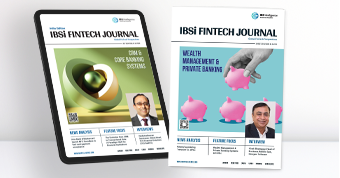
- Most trusted FinTech journal since 1991
- Digital monthly issue
- 60+ pages of research, analysis, interviews, opinions, and rankings
- Global coverage
Other Related News
Related Reports

Sales League Table Report 2025
Know More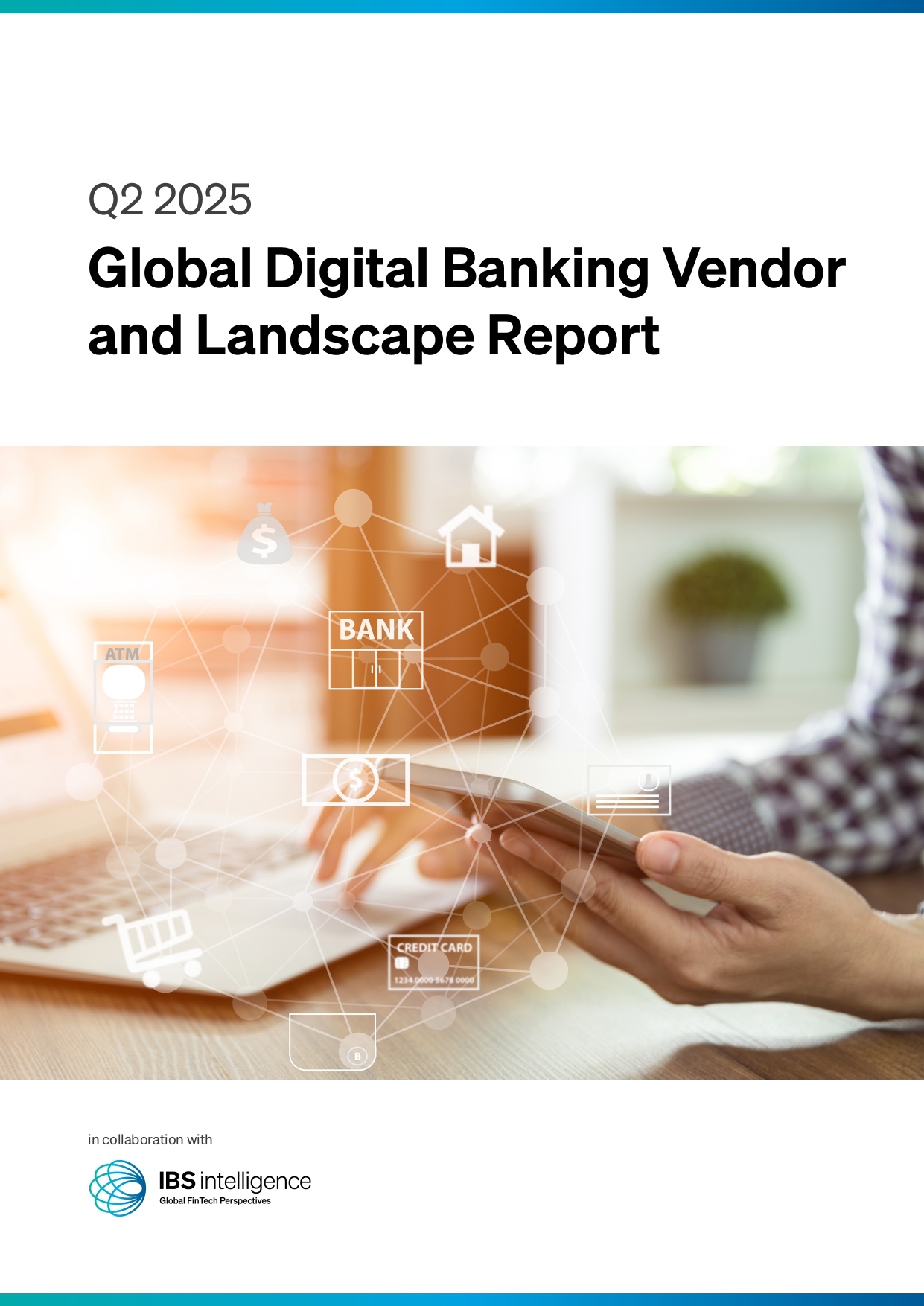
Global Digital Banking Vendor & Landscape Report Q2 2025
Know More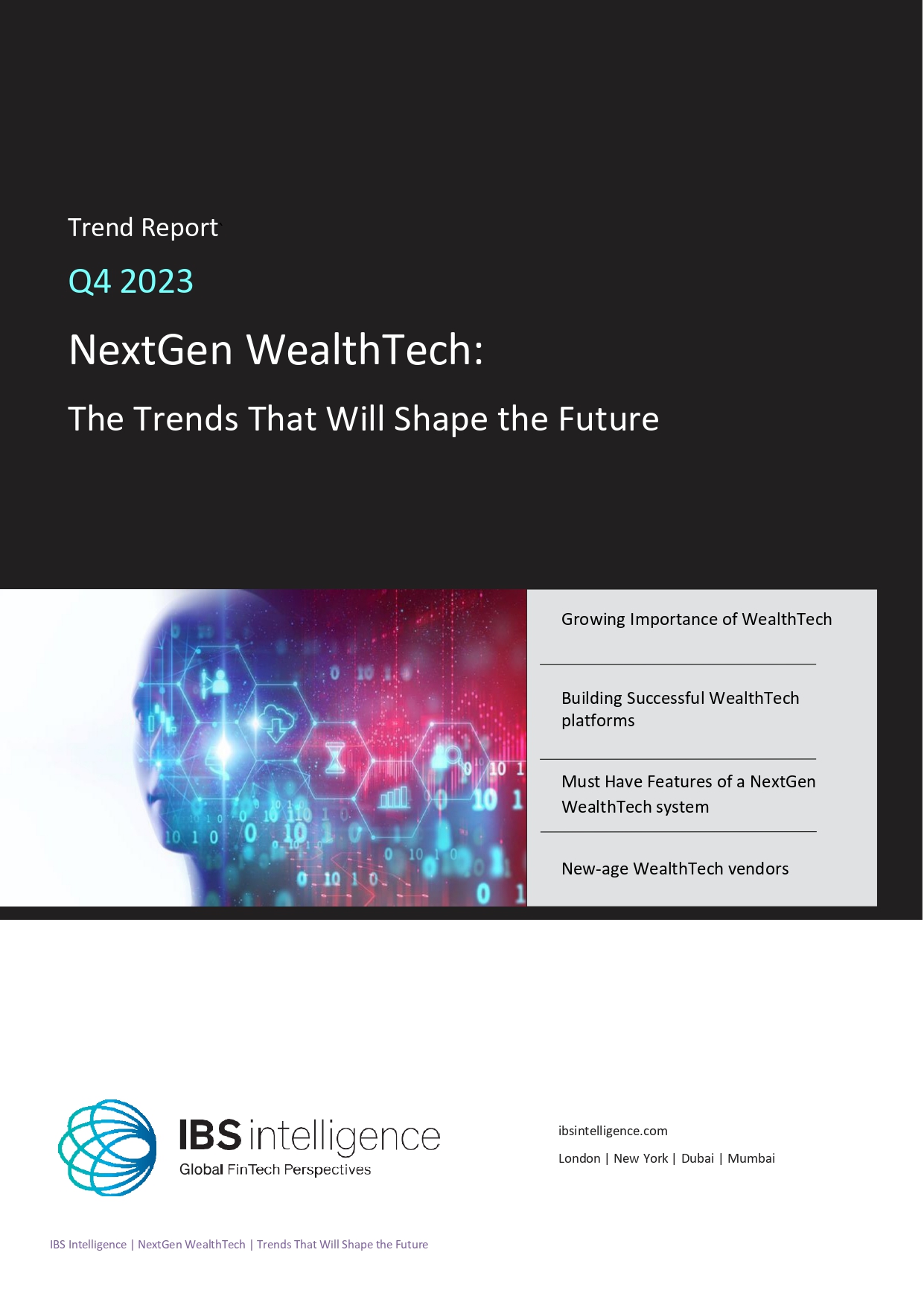
NextGen WealthTech: The Trends To Shape The Future Q4 2023
Know More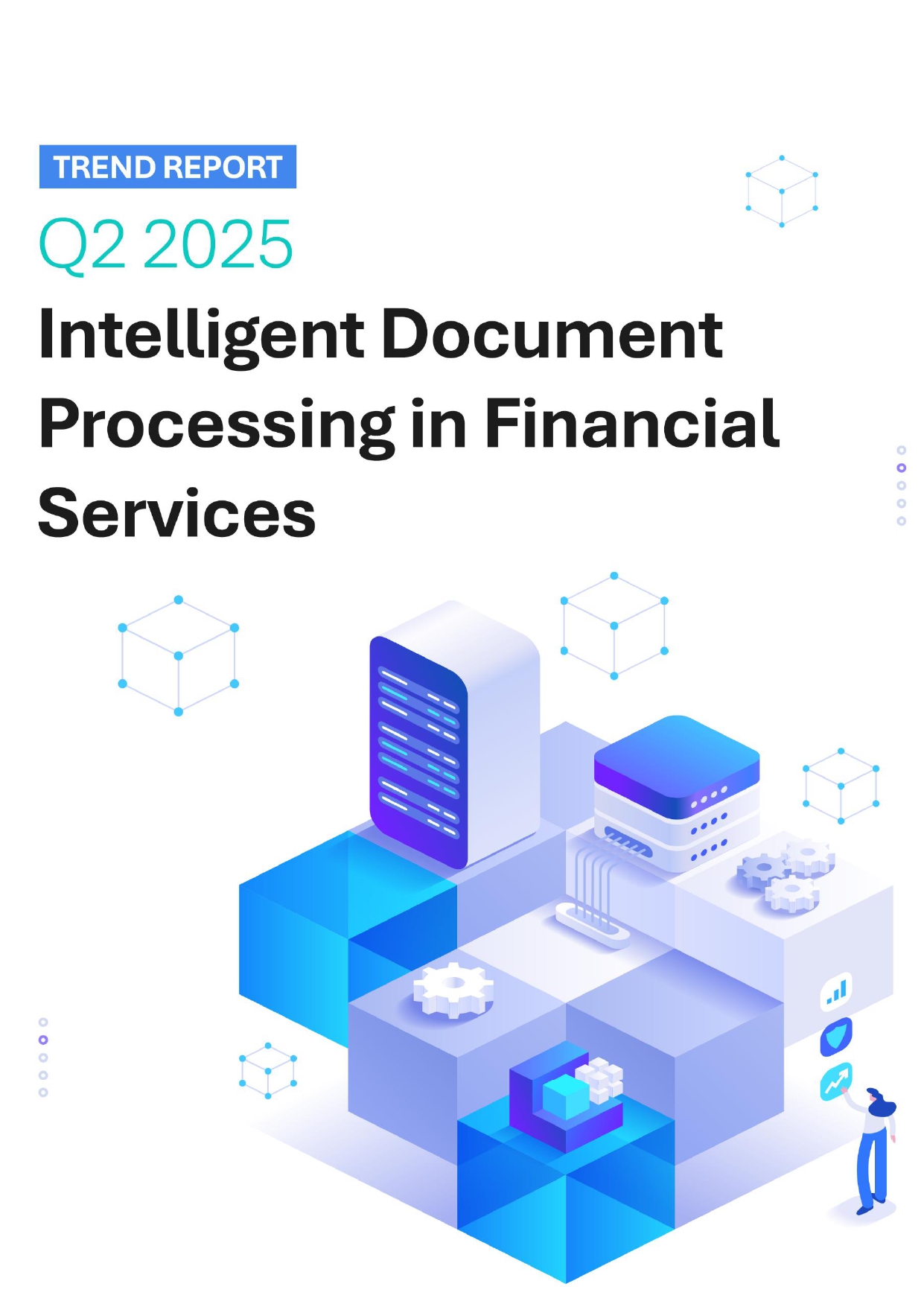
Intelligent Document Processing in Financial Services Q2 2025
Know More

